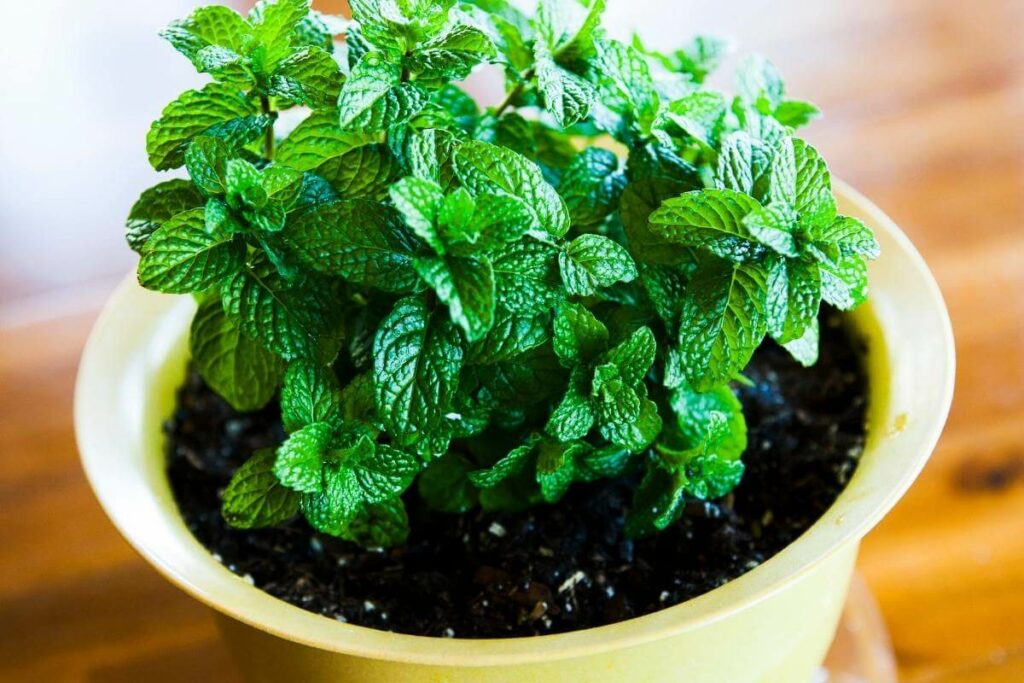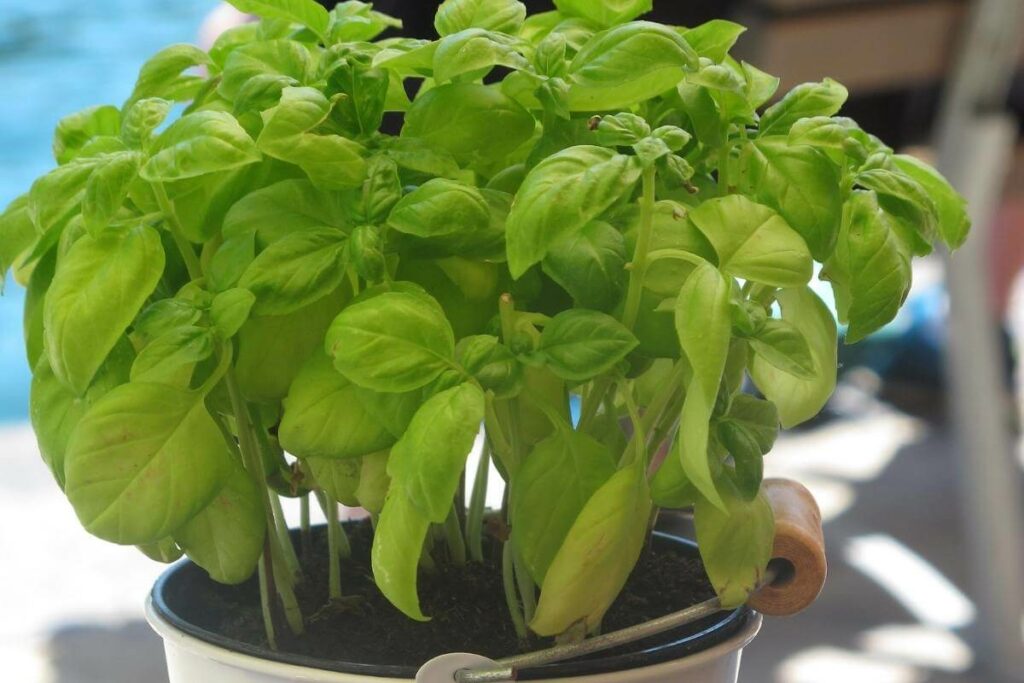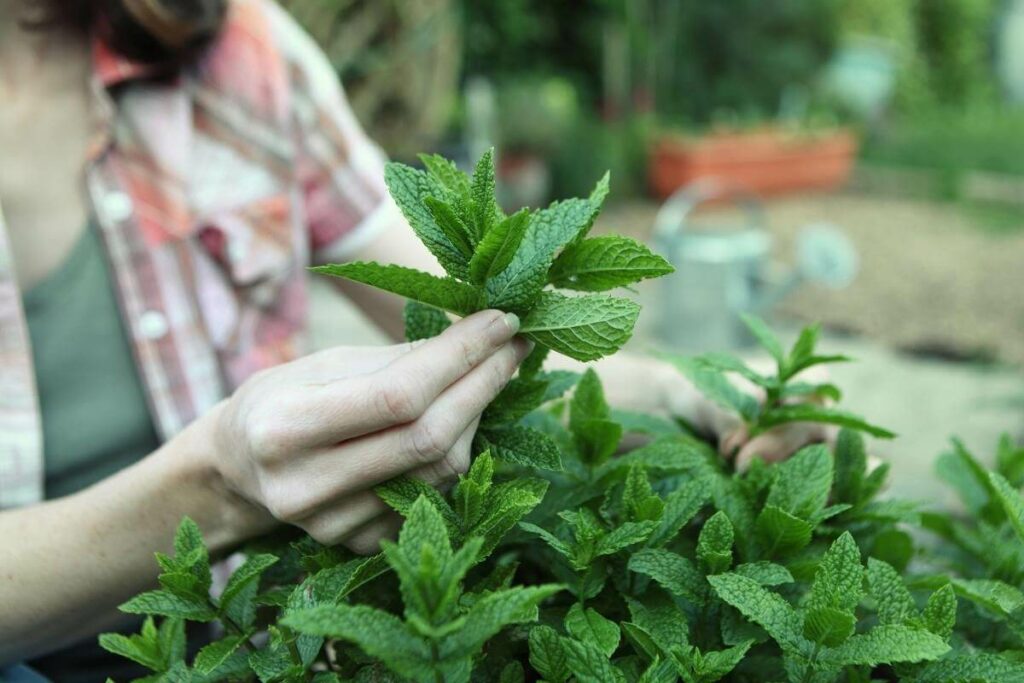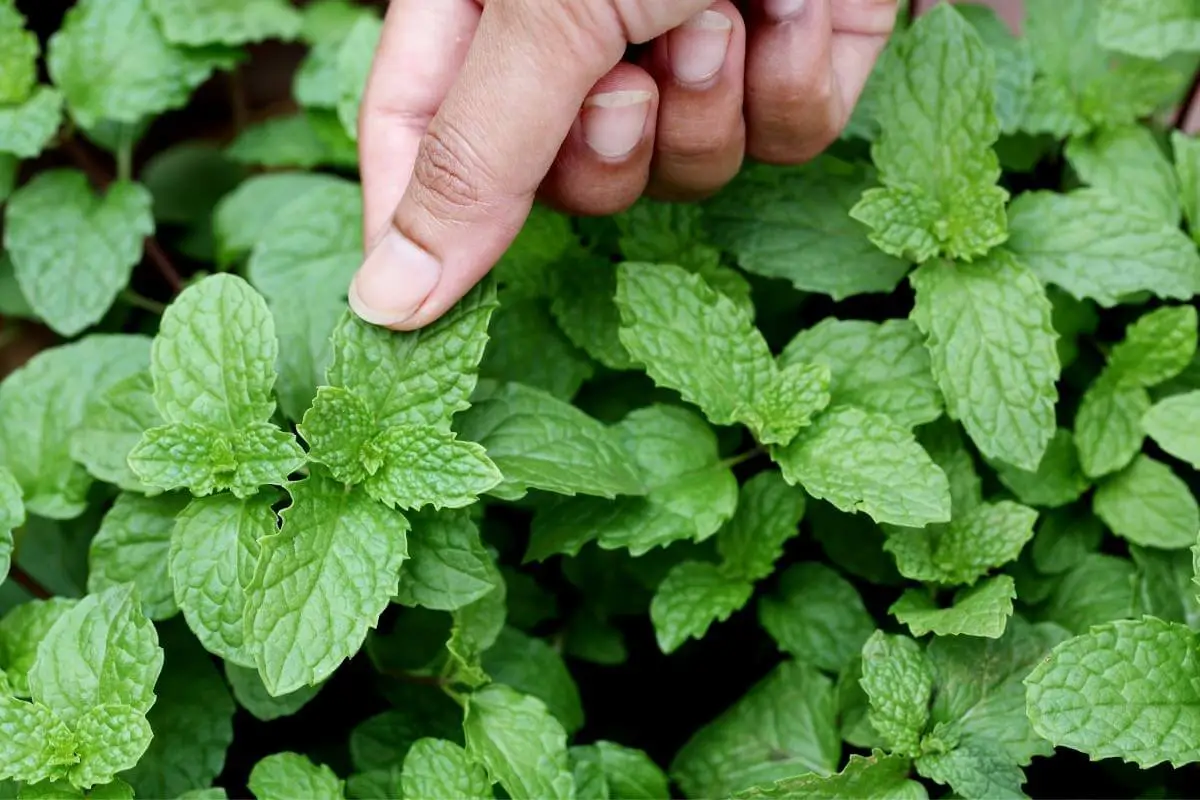Mint is a hardy plant that many gardeners find easy to grow. Some gardeners find mint becomes invasive and needs aggressive control measures.
While your mint may grow like a weed, it may only produce small leaves that are hardly worth harvesting.
How do you get your mint to grow large succulent leaves?
To get large leaves on your mint, you must give them optimal growing conditions. This includes the correct pH of between 6 and 7pH, loose, moist, well-drained soil, indirect sunlight, and regular watering. Frequent pruning, harsh annual pruning, and providing ample root space promote larger leaves.
As with any plant, large leaves are a sign that the plant is strong, healthy, and has optimal growing conditions to grow big leaves.
Mint plants that are growing in prime conditions with all their growing requirements met will produce leaves that are
Why Are Your Mint Leaves Small?
Small leaves on your mint plant are an indication that the plant is not happy, and it could be experiencing difficulties with its growing environment.

Several reasons cause your mint plant to produce consistently small leaves.
Your mint plant will produce small leaves if the soil pH is wrong, it does not get enough water or enough sunlight, does not have enough nutrients, or the plant is root-bound. Insufficient space for roots is a common cause for small leaves for mint plants in containers and in the ground.
Mint plants have a surprisingly extensive root system for a relatively small plant.
The mint propagates itself via runners, and you will notice that new runners that have found open ground will have larger leaves than at the center of the plant.
This is because the plant has space for its roots in the new location, allowing better absorption of nutrients and larger leaf growth.
Of course, the other conditions such as pH, level of nutrients, and amount of water and sunlight also contribute to the leaf size.
However, if your plant is in a good location with all the right parameters and still produces small leaves, the cause is likely not enough space for the roots.
How to Grow Bigger Mint Leaves
The best way to grow large leaves on your mint plants is to keep your mint growing environment as optimal as possible and maintain your mint plant regularly.
Your mint plants will grow bigger leaves if they have the right soil pH, enough nutrients, water, and sunlight and if the plants are thinned out regularly to provide space for the roots to expand below ground. Sometimes adding more soil on top of the plant provides enough space for the roots.
Mint is one of those plants that gardeners think they can plant and forget, and the plant will thrive because of its weed-like properties.
While the mint will grow if left to its own devices, if you want to get the best results from your plant, some attention is necessary to the care of the plant.
Works Best: Mint does best in soil with a pH of between 6.0 and 7pH and des best in loose, moist, well-drained soil. To produce moist soil that drains well, soil rich in organic material such as compost works well for mint.
Does Mint Need Full Sun?
Most vegetables and herbs require full sun exposure to rise to their full potential and produce healthy growth.

Mint is one of the herbs where this is not the case.
Mint prefers partial shade as the ideal growing environment. Mint can grow in full sun but will wilt quickly if it starts to dry out, and the size of the leaf growth will be limited. If you grow mint in full sun, you will need to water the plant more frequently to ensure the soil remains cool.
Six hours of sunlight a day is the ideal sunlight duration for your mint plant to be healthy and produce large leaves.
The ideal position would be for the mint to receive full sun in the morning and partial or full shade in the hottest part of the day.
Give Your Mint More Root Space For Large Leaf Growth
One of the main contributors to small leaf growth on your mint plants is when your mint becomes root-bound.
Mint has an intensive and wide-spreading root system, and when this root growth space is restricted, the plant’s health suffers, producing smaller leaves.
When the growing season ends, your mint will die back. Dig out some of the roots to make more space in the soil for the roots left behind to expand. Pile more compost on top of the plant to give more soil space for the roots and feed the plant simultaneously. Ensure the leaves are above the soil.
You will be surprised to observe how the size of the leaves of your mint plant increases when you give them additional root space.
The roots that you pull out you can plant in another location to grow more mint plants.
Consider This: If your mint is in a container, you can re-pot the plant into a larger container to increase the root space available for the plant. This will stimulate larger leaf growth on your potted mint.
Should You Prune Your Mint?
Pruning your mint is a natural consequence when you harvest mint for use in your home.

Many people think that this level of pruning is enough for their mint when they should be giving more aggressive pruning at certain times.
Pruning your mint will help keep your plant producing soft, healthy new growth for you to use in your kitchen. It also helps to keep your mint plant in check so it does not spread out of hand. When the mint dies back, you should aggressively prune the mint to about 2 or 3-inches above the soil.
Pruning the mint aggressively each year will help:
- keep the plant producing larger leaves year-on-year
- keep the plant contained
- keep the plant healthy
- and produce bushier growth rather than a sparse, spread-out growth pattern
The Best Way To Grow Mint With Big Leaves
One particular method of growing mint is guaranteed to produce large leaves better than any other growing method.
Mint grown in hydroponic systems produces leaves larger than mint grown in containers or in the ground. The controlled environment with freely available nutrients, access to constant water, correct pH, sunlight, and root space, give the mint optimal growing conditions.
Mint grown in hydroponic systems with some 30% shade-cloth to protect the plants from direct sunlight has shown to grow mint with leaves the size of the palm of your hand.
Conclusion
Mint may be easy to grow, but to get maximum growth on the leaves, the plant needs some care to give it what it needs to flourish and grow larger leaves.
The most common cause of small leaf growth in mint is that the plant is root-bound, and the second is usually insufficient water.
Address these two issues as the first steps to getting your mint to grow big leaves!
You May Also Like
- Can You Overwater Parsley? Water Requirements
- 5 Microgreens That Regrow After Cutting
- How to Grow Chili Plants Faster at Home?
